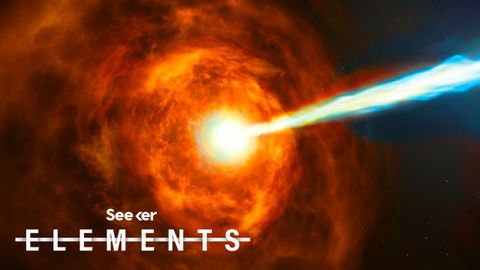
Subtitles & vocabulary
This Gamma-Ray Burst Was the Most Powerful Energy Event Ever Recorded
00
林宜悉 posted on 2020/03/25Save
Video vocabulary
intense
US /ɪnˈtɛns/
・
UK /ɪn'tens/
- Adjective
- Very strong, great or extreme in degree
- Experiencing or showing great force or strength; extreme.
A2TOEIC
More relevant
US /ˈrɛləvənt/
・
UK /ˈreləvənt/
- Adjective
- Having an effect on an issue; related or current
A2TOEIC
More equivalent
US /ɪˈkwɪvələnt/
・
UK /ɪˈkwɪvələnt/
- Adjective
- Equal to something in value, use or meaning
- Having the same meaning or significance.
- Noun
- Thing like another in quality, quantity or degree
B1TOEIC
More incredibly
US /ɪnˈkrɛdəblɪ/
・
UK /ɪnˈkredəbli/
- Adverb
- To a great degree; very; amazingly
- Extremely; so much so it is hard to believe
A2
More Use Energy
Unlock All Vocabulary
Unlock pronunciation, explanations, and filters
